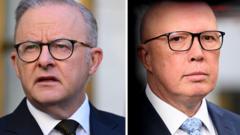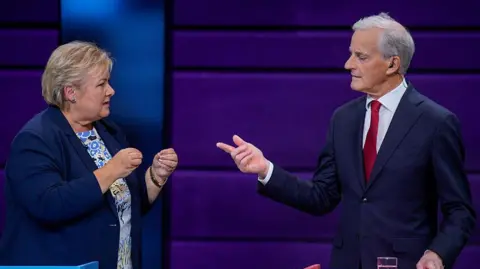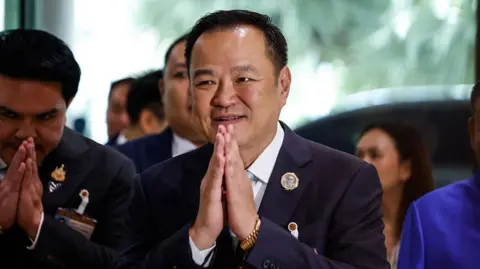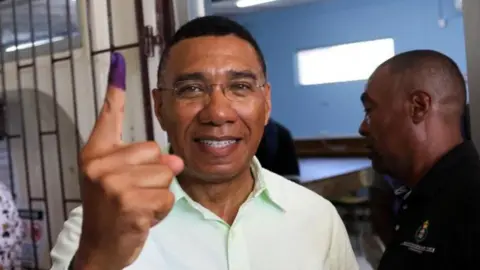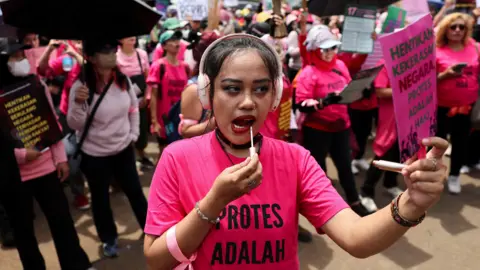Australia’s system mandates that every eligible voter, nearly 18 million, participate in elections, where preferential voting rules dictate they rank candidates by preference. Unlike the simpler First Past the Post system used in many countries, Australia redistributes votes to ensure a majority winner. This time, all 150 House of Representatives seats and 40 of the 76 Senate positions are up for grabs.
Currently, the ruling Australian Labor Party (ALP), led by Prime Minister Anthony Albanese, holds 78 seats following a substantial win in 2022. The primary opposition, the Liberal-National coalition headed by Peter Dutton, must gain at least 19 seats to reclaim majority power. Both parties are expected to grapple with the emergence of minor parties and independents, which gained substantial traction in the last election.
Prime Minister Albanese faces challenges related to housing, Indigenous matters, and rising concerns surrounding anti-minority sentiments. Dutton, with a background in contentious ministerial roles, presents a conservative alternative focused on traditional values but marred by controversy.
With cost of living and housing affordability topping voter concerns amid rising inflation and interest rates, the election presents critical choices for Australians. While political channels predict clarity on election night based on indicative counts, formal confirmations from the Australian Election Commission may take longer to finalize.
As Australia gears up for this significant political event, the decision of who will lead the nation hangs in the balance, reflecting the diverse perspectives and evolving issues of the electorate.
Currently, the ruling Australian Labor Party (ALP), led by Prime Minister Anthony Albanese, holds 78 seats following a substantial win in 2022. The primary opposition, the Liberal-National coalition headed by Peter Dutton, must gain at least 19 seats to reclaim majority power. Both parties are expected to grapple with the emergence of minor parties and independents, which gained substantial traction in the last election.
Prime Minister Albanese faces challenges related to housing, Indigenous matters, and rising concerns surrounding anti-minority sentiments. Dutton, with a background in contentious ministerial roles, presents a conservative alternative focused on traditional values but marred by controversy.
With cost of living and housing affordability topping voter concerns amid rising inflation and interest rates, the election presents critical choices for Australians. While political channels predict clarity on election night based on indicative counts, formal confirmations from the Australian Election Commission may take longer to finalize.
As Australia gears up for this significant political event, the decision of who will lead the nation hangs in the balance, reflecting the diverse perspectives and evolving issues of the electorate.

